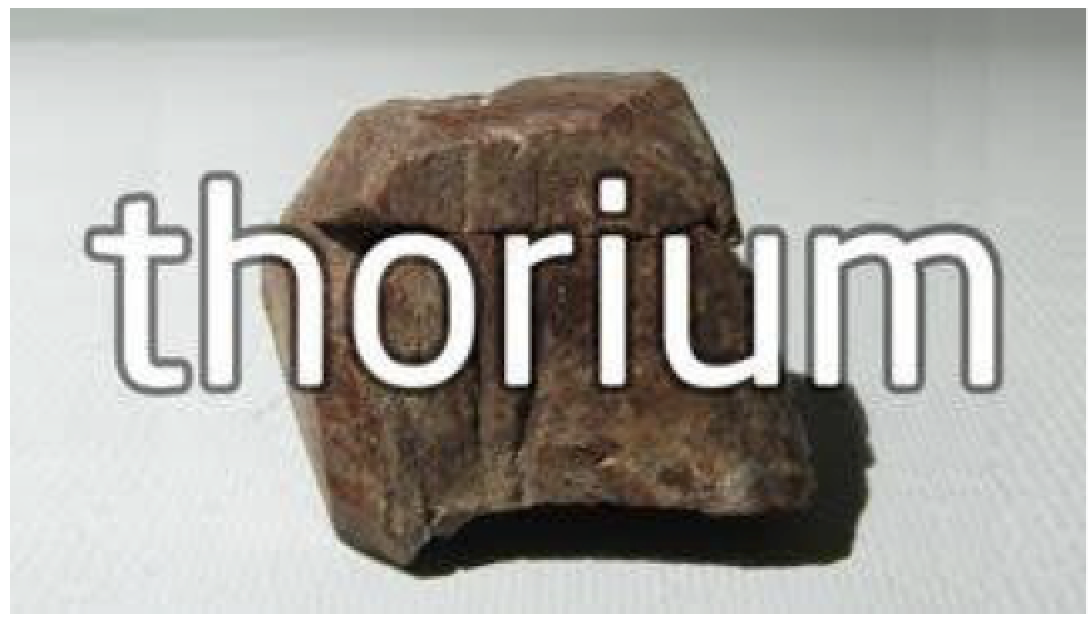
Availability of Thorium
➢ 4 Times More Abundant than Uranium
➢ Thorium is a By-Product of Rare Earths
If a Thorium Molten Salt Reactor is So Great, Why Now and Not Earlier?
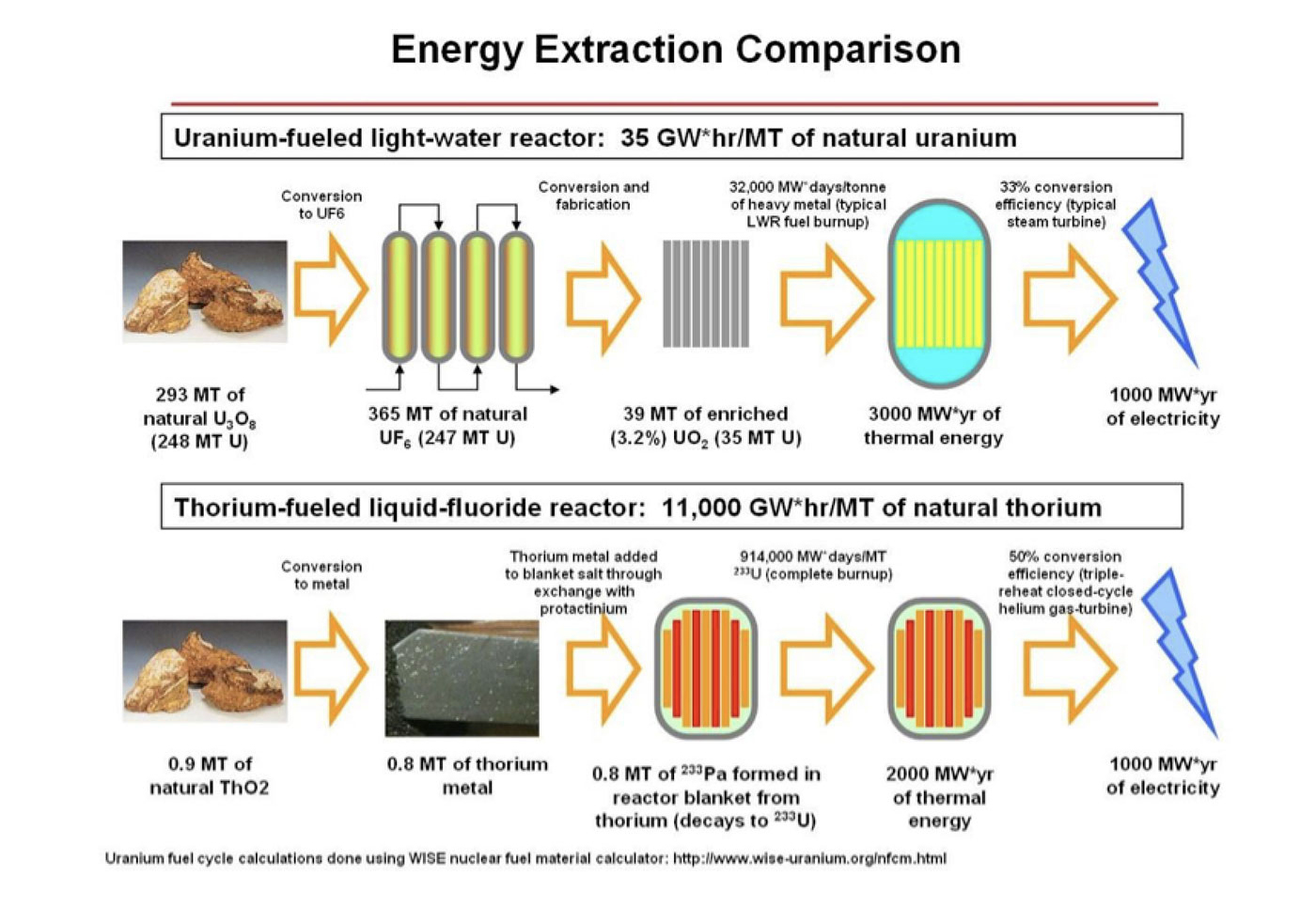
- Oak Ridge National Laboratory explored and developed a Molten Salt Reactor in the 1960s.
- The project was abandoned primarily due to the pressures of the Cold War for Plutonium (residue from Uranium) for nuclear bombs
- China is building upon the ORNL research and developing TMSRs to meet their country’s growing energy demand.
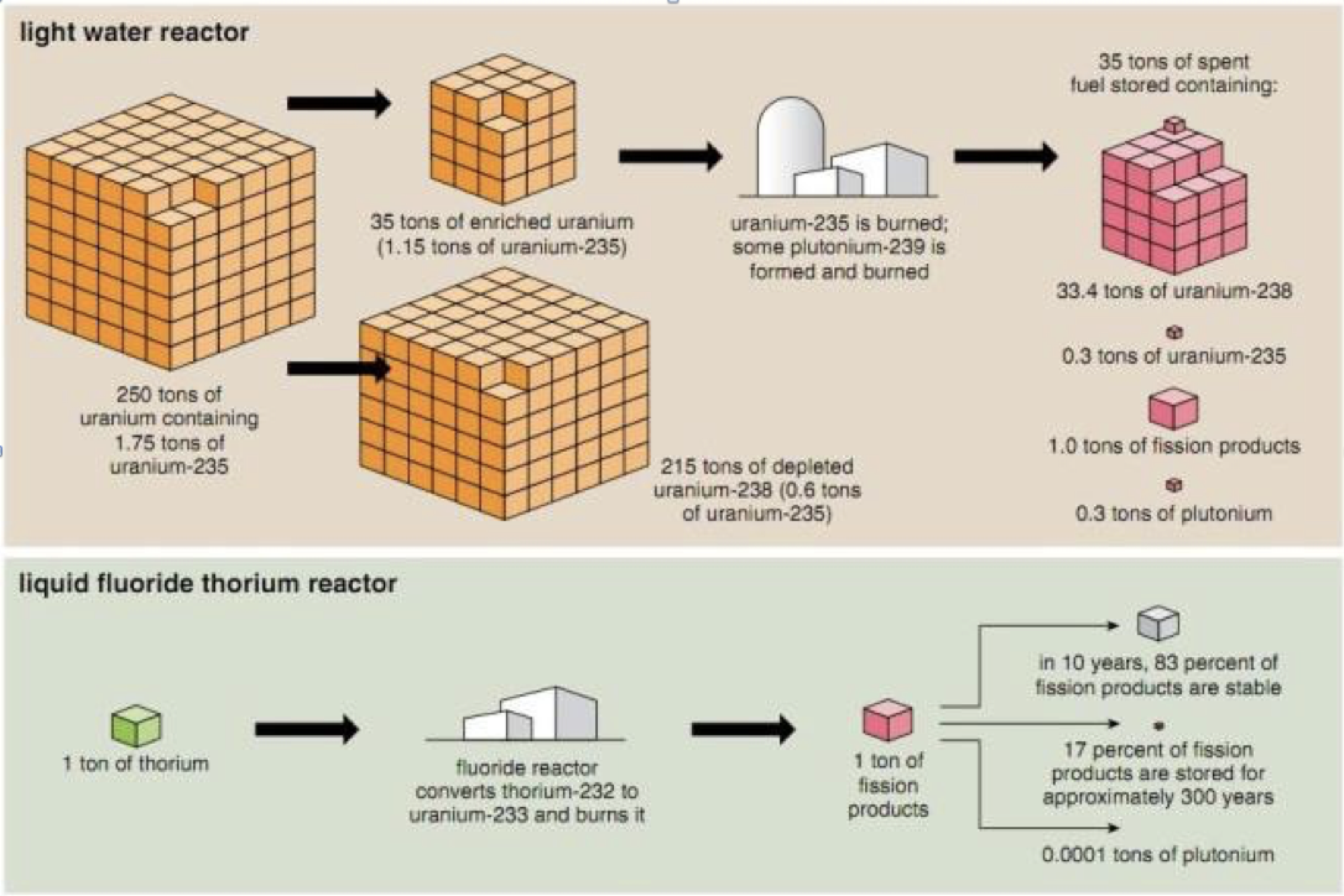
Thorium versus Uranium
BENEFITS:
- Safety – No meltdown risk
- Waste – Decays in 200 years vs current decay rate of Uranium; Requires smaller quantities of material vs requirements of Uranium
- Not able to be weaponized
China will be building TMSRs over the next 20 years.
- The Nuclear Spring generated by the meltdown of Fukushima in 2011 was a direct result of a failed cooling mechanics TMSRs are cooled by Molten Salt, not by water. Cooling failures arenot possible.
- US Nuclear Corp has received its first order for radiation detection and monitoring instrumentation for a TMSR from China
Demand for power in China, India, and South Korea is stimulating the construction of new Nuclear Power plants. TMSR is recognized as safer, cleaner, and more cost-effective than Uranium driven nuclear power.
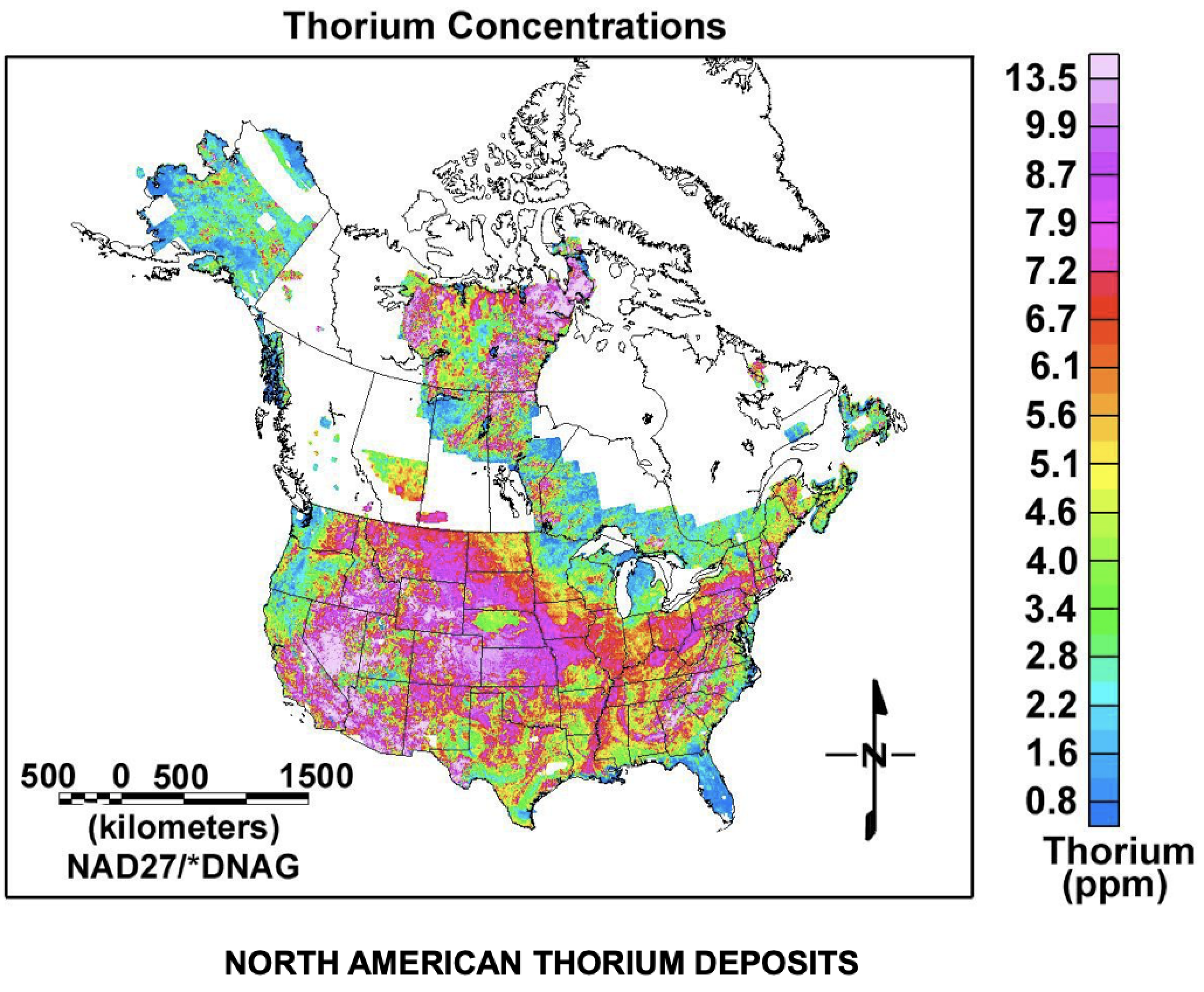
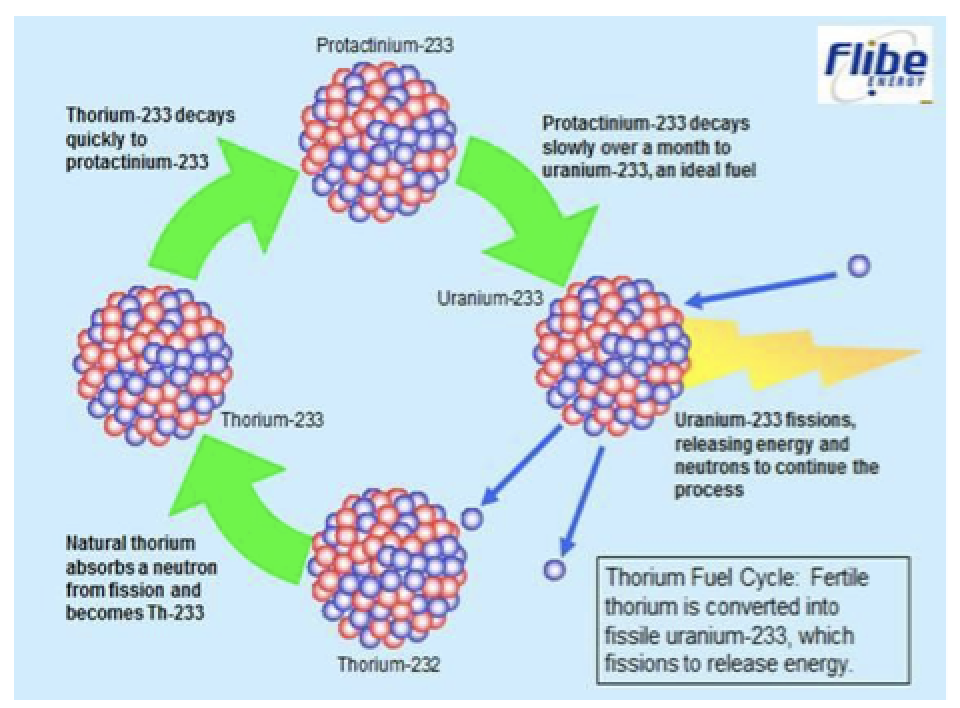
Benefits of Thorium Molten Salt Reactors TMSR
- Thorium Molten Salt Reactors (TMSR) do not require the intricate containment infrastructure currently in use today with Uranium fueled Nuclear Power Plants.
- TMSRs eliminate some key issues such as corrosion caused by fluoride as seen in research with Liquid Fluoride Thorium Reactor research (LFTR).
- TMSRs can be smaller facilities. In some cases, TMSRs can be manufactured off-site and transported.
- Energy output is dictated by the size of the facility.
- The abundance of Thorium provides an inexpensive fuel source.
- Thorium is not a material suitable for weapons and limits the proliferation risk
